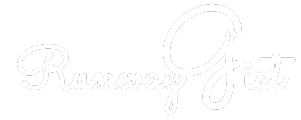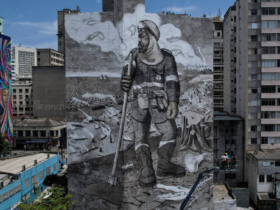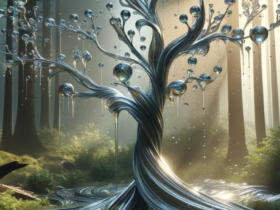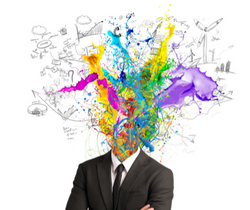Memes have taken the internet by storm, and their influence can be seen across various mediums of popular culture, including art and entertainment. But what exactly are memes, and how have they impacted society and the art world? In this article, we’ll explore the origins of memes, their evolution, and their impact on society and the art world.
The Origin and Evolution of Memes
Richard Dawkins coined the term “meme” in his book “The Selfish Gene” in 1976. He defined a meme as a “unit of cultural transmission” that could evolve and change over time. However, the term “meme” as we know it today refers specifically to internet memes, which are images, videos, or text that are shared virally across social media platforms.
The first internet meme is widely considered to be the “Dancing Baby” or “Baby Cha-Cha,” which was a 3D animation of a baby doing a dance. Created in 1996, the video quickly went viral and was shared via email before eventually making its way to mainstream media outlets such as “Ally McBeal” and “The Simpsons.”

Since the birth of the “Dancing Baby,” memes have evolved and diversified into various formats, including image macros, GIFs, and viral challenges. Image macros are memes that feature an image with a caption written in impact font. Examples of these include the “I Can Has Cheezburger” cat and the “Bad Luck Brian” meme. GIFs, or Graphics Interchange Format, are animated images that loop repeatedly and are often used to express emotions or reactions. Viral challenges are memes that involve users participating in a specific activity, such as the “Ice Bucket Challenge” or the “Mannequin Challenge.”
Memes and Their Impact on Society
Memes have had a significant impact on society, particularly in the realm of politics. They have been used to satirize politicians and political events, as well as to promote social movements and campaigns. During the 2016 U.S. presidential election, memes played a significant role in shaping public opinion. Memes were created to mock and satirize both Donald Trump and Hillary Clinton, and they were widely shared on social media platforms such as Facebook and Twitter. Some argue that memes played a role in Trump’s victory, as they were used to spread false information and propaganda.

In addition to their impact on politics, memes have also influenced the way we communicate online. They have become a shorthand for expressing complex emotions and ideas, and they have created a sense of community and belonging among internet users.
Memes in the Art World
Memes have also made their way into the art world, with some artists incorporating them into their work. This has led to the creation of a new genre of art known as “meme art.” Meme art is a form of digital art that uses memes as its inspiration or subject matter. It often incorporates the same humor and irreverence that is found in internet memes and is intended to provoke a reaction from viewers.
One of the most well-known meme artists is Brad Troemel, who creates artwork that blurs the line between digital and physical art. Troemel’s work often features internet memes and popular culture references, such as his “Deconstructed Pizza” series which features photographs of pizza slices arranged in abstract patterns. Other meme artists include Seth Price, whose work explores the concept of appropriation and the use of found images and objects, and Ryan Trecartin, who uses internet memes and pop culture references to create hyperrealistic video installations.

The Debate Over Meme Art
Meme art has also become a popular subject of discussion in the art world, with some critics questioning its validity as a legitimate art form. However, others argue that meme art is a reflection of our current culture and a legitimate form of artistic expression.
In conclusion, memes have become a fundamental aspect of our online culture, and their impact can be seen across various mediums of popular culture, including politics, communication, and art. They have influenced the way we communicate online, shaped public opinion, and even created a new genre of art.
While some may question the validity of memes as a legitimate art form, their impact on society and the art world cannot be denied. As internet culture continues to evolve and change, it will be interesting to see how memes continue to influence and shape our culture and society.
In summary, memes have become a powerful force in pop culture, shaping the way we communicate and interact with each other online. From their origins as a viral phenomenon to their current status as a legitimate art form, memes have left an indelible mark on our society and will continue to do so for years to come.
Also read about our post on How Rakuten Trade Can Help You Make Informed Investment Decisions










































